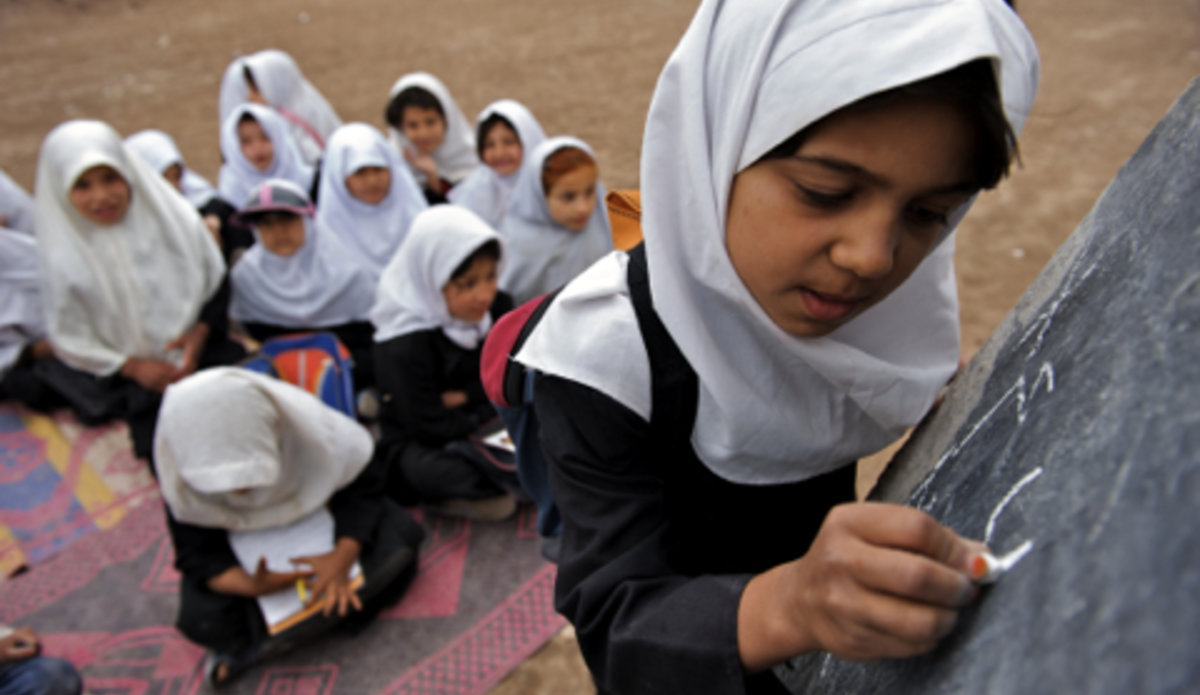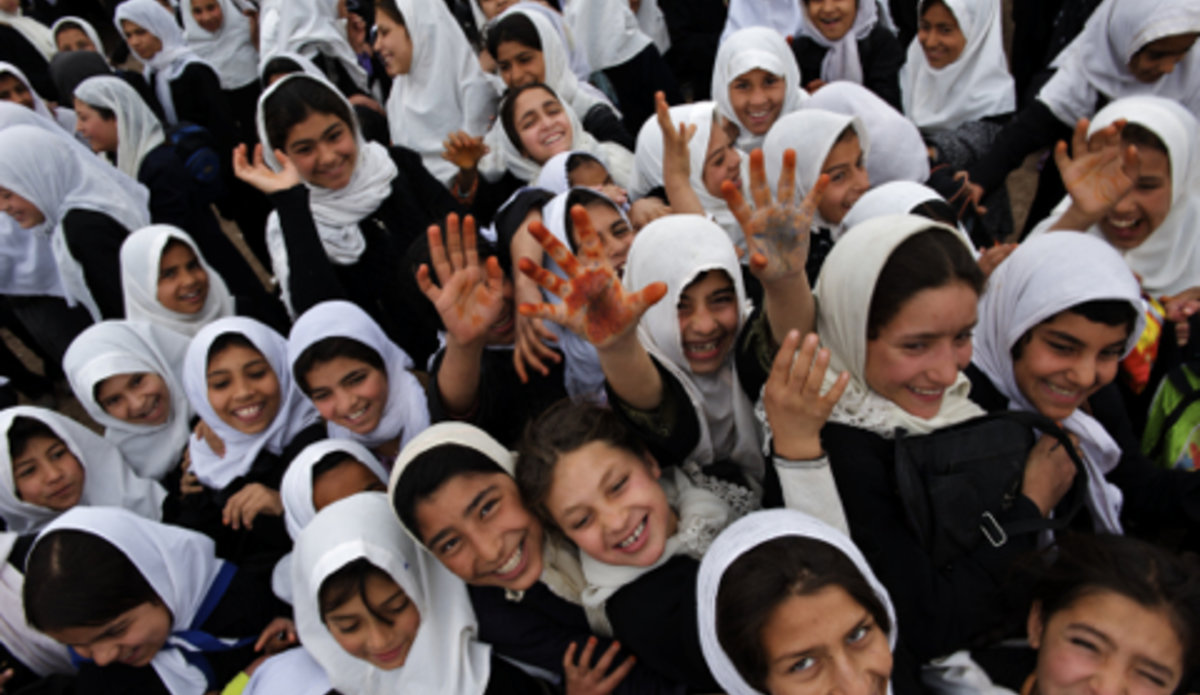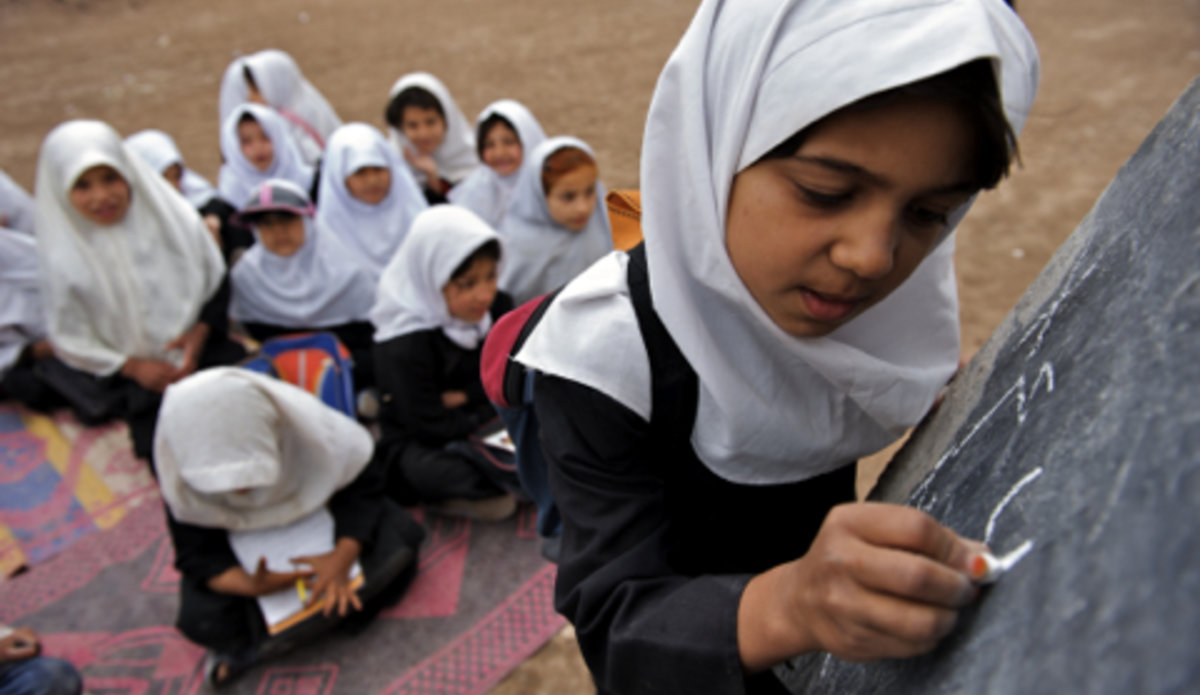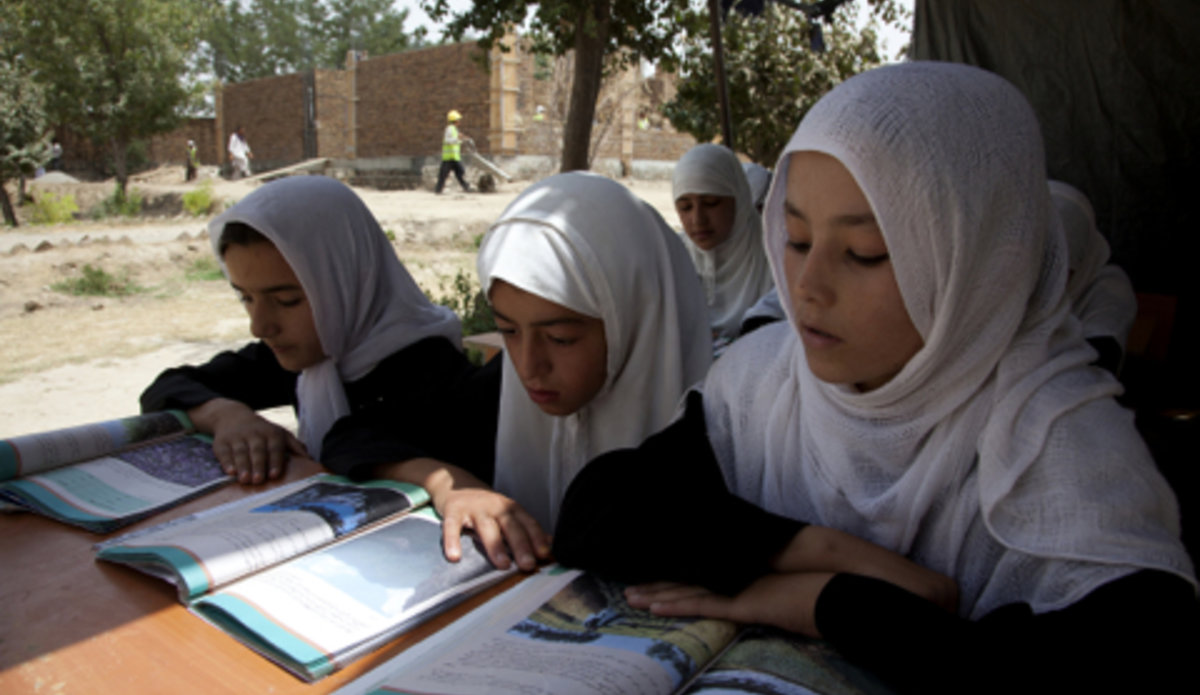UN youth assembly in New York to highlight education for all
NEW YORK - Hundreds of students from around the world are gathering at United Nations Headquarters in New York today to take part in a youth assembly, dedicated to issuing a global call for quality education for all.
Among those taking part is one of the world’s best-known students and education rights campaigners, Malala Yousafzai from Pakistan, who was targeted and shot by extremists on her way to school in 2012. Ms. Yousafzai’s appearance at UN Headquarters marks her first major public speech since she was shot last October.
The meeting is linked to UN Secretary-General Ban Ki-moon’s Global Education First Initiative, launched in 2012 and which has the following three priorities: to put every child in school, improve the quality of learning, and prepare children to grow up to be global citizens.
“Education is a fundamental right, a Millennium Development Goal (MDG) and crucial to mutual understanding and global citizenship,” the UN chief said in a recent opinion-piece. “In today's knowledge-based society, education is a foundation for the future we want: a world without poverty, violence, discrimination or disease. Building this future will require a new, concerted push.”
“In far too many places, students like Malala and their teachers are threatened, assaulted, even killed,” Mr. Ban added. “Through hate-filled actions, extremists have shown what frightens them the most: a girl with a book.”
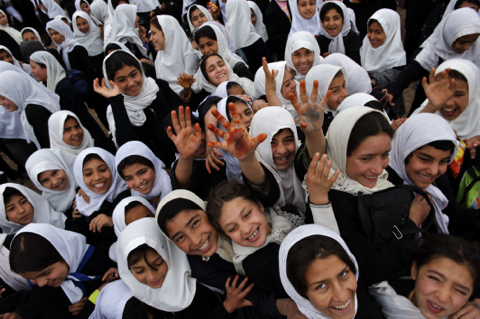
The MDGs are a set of eight anti-poverty targets - which range from halting the spread of HIV/AIDS to providing universal primary education, all by the target date of 2015 – and form a blueprint agreed to by world leaders and institutions at a UN summit in 2000.
The issue of education is an important one for Afghanistan, especially for girls. The UN Entity for Gender Equality and the Empowerment of Women (UN Women) states that education is often not an option for many women and girls in Afghanistan. According to Afghan Government figures, only 26 per cent of Afghanistan’s population is literate, and among women the rate is only 12 per cent. Among school age children, 38 per cent – some 4.2 million children – do not have access to schools, most of which are girls.
Attacks by insurgents who oppose women’s education lead to regular closures of girls’ schools, the UN agency notes. Moreover, 50 per cent of schools do not have buildings and other necessities, and a dearth of textbooks, teaching materials and equipped laboratories, along with the large number of school closures or relocations directly affects the quality of education.
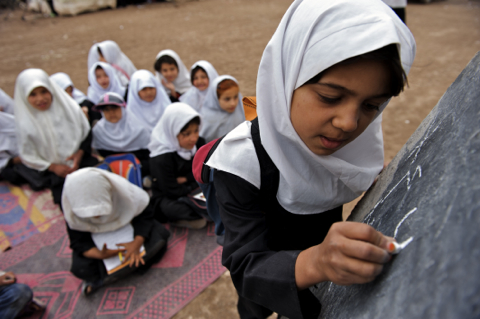
Other UN agencies are also actively engaged in Afghanistan's education sector. These include the Office of the UN High Commissioner for Refugees (UNHCR), which, in the south-eastern province of Paktya, has completed reconstruction projects for two educational institutions in Gardez, its capital city. The projects included the rebuilding of an auditorium complex and girls’ hostel at Paktya University, and ten classrooms in a high school.
The projects are aimed at assisting students from returnee families to study in a better environment, according to UNHCR’s acting regional head, Assadullah Amin. “It is also to give more opportunity to female students to advance their education and promote their knowledge in a safer environment,” he added.
“We are happy to have a nice kitchen, dining room, protection wall surrounding the hostel complex and a safe environment, which we did not have in the past,” said Razia, a female medical student at Paktya University.
In the Afghan capital of Kabul, a recent UN Children's Fund (UNICEF) project has led to access to safe and child-friendly learning environments for schoolchildren. The project involved a makeover of 1,000 classrooms in 51 schools, benefitting nearly 300,000 students of which 51 per cent are girls. All 51 schools now have separate toilets for boys and girls, water point, playgrounds and other facilities. As well, nearly 3,000 teachers have been trained in child-centered participatory teaching and learning techniques to improve their students’ quality of education.
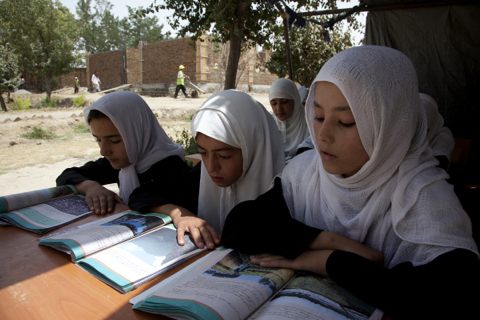
A report from the Ministry of Education on the National Literacy Action Plan (NLAP) 2012-2015 indicates that the estimated national Afghan adult literacy rate for the 15 and above age-group is 34 per cent, with 18 per cent for women and 50 per cent for men. “In rural areas where 74 per cent of all Afghans reside, an estimated 90 per cent of women and 63 per cent of men cannot read, write or compute,” the report noted.
The NLAP aims to reduce these figures by at least half, with a special focus on the most vulnerable and disadvantaged in Afghan society, including women and out-of-school girls and their families.
 UN
UN
